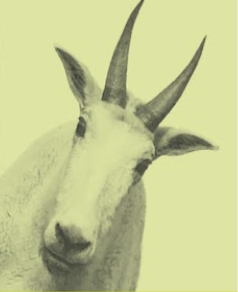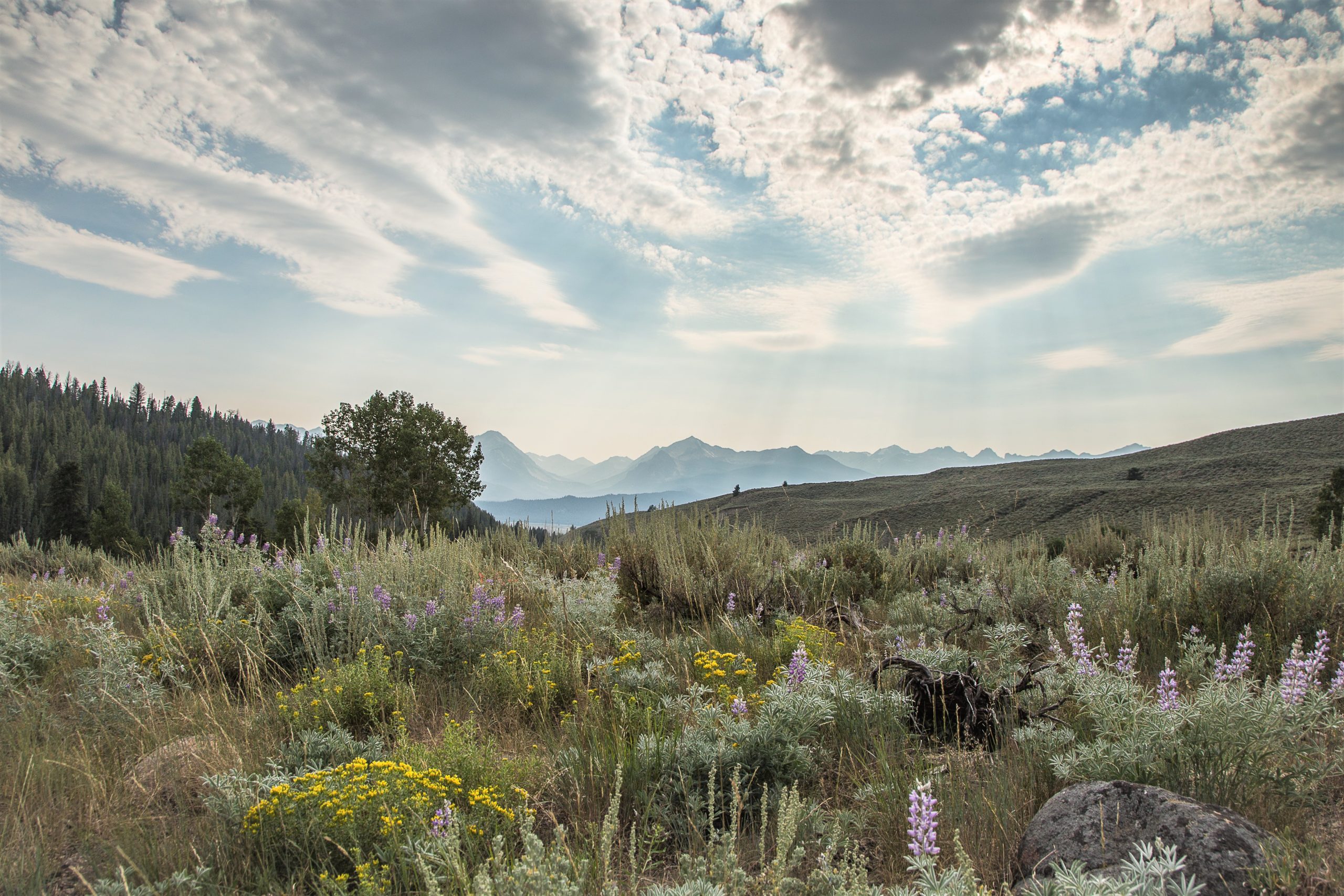For some, the thought of the sagebrush (Artemisia spp.) conjures up an image of the desert. A lonely tumbleweed rolling down a dusty roadway, a vulture purchased menacingly atop a fence post.
For others, it means home. Blankets of brush spread graciously at the foot of rugged mountains. Sometimes referred to as the sagebrush sea, 11 western states make up the sagebrush (Artemisia spp.)- steppe ecosystem. And, of the 18 species of sagebrush, three grace the Sawtooth NRA.
The species
Most of the sagebrush found throughout the Idaho wilderness is mostly the mountain big sagebrush (Artemisia tridentata ssp. vaseyana). Low sagebrush (Artemesia arbuscula) and black sagebrush (Artemesia nova) can also be found in more extreme/harsh conditions. Most of these are usually less than two feet tall and can live to be more than 100 years old. Typically located at 6,500- 9,000 feet, the communities are influenced by snowpack, soil moisture, and the surface soils of the landscape.
Adaptation
Sagebrush plays a critical role in the hydrological cycle of the West. The plant’s taproots can extend just over 13 feet- perfect for withstanding arid conditions. In the winter, the roots retain moisture stored up from the snowfall. These plants are also great at stabilizing the soil and preventing erosion.
Habitat and food
These arid plants also create conditions crucial for other native plants to grow- which are important food sources to a variety of wildlife and rangeland animals. These include birds (nearly 100 species!), deer, elk, antelope, bighorn sheep, and the jackrabbit. Many of these creatures have a highly dependent relationship with sagebrush communities as it is their essential food source.
A very important resident
The Greater Sage-Grouse is especially dependent. It relies almost entirely on the sagebrush for every stage of its life cycle. The grouse consume the leaves year-round. The land on which the sagebrush grows is its prime mating ground every year between March and May. If you are patient and watch closely, you may catch a glimpse of the male grouse performing a courtship display known as lekking.
The importance of protection
While many of us driving along the highway through the SNRA may not give the sagebrush a second thought- easy to do with the beautiful Sawtooths towering in the distance. Sagebrush is, nonetheless, a plant worthy of our admiration and a vital component of the Idaho wilderness… We must do our part to protect this delicate plant from wildfires, invasive species, and being crushed by motorized vehicles. While many feel it is safe to park on the sagebrush steppe plants, they are quite fragile and break easily. Once broken, older plants are unable to recover, inviting others to park in damaged areas. Also, hot tailpipes can easily start a wildfire when parked in tall, dry sage and grasses. Thank you for doing your part to protect this native plant this upcoming recreational season.

Sawyer’s Fun Fact- Did you know? Culinary sage- found in many Mediterranean dishes, is a member of the mint family. Sagebrush, on the other hand, is actually from the sunflower family.




